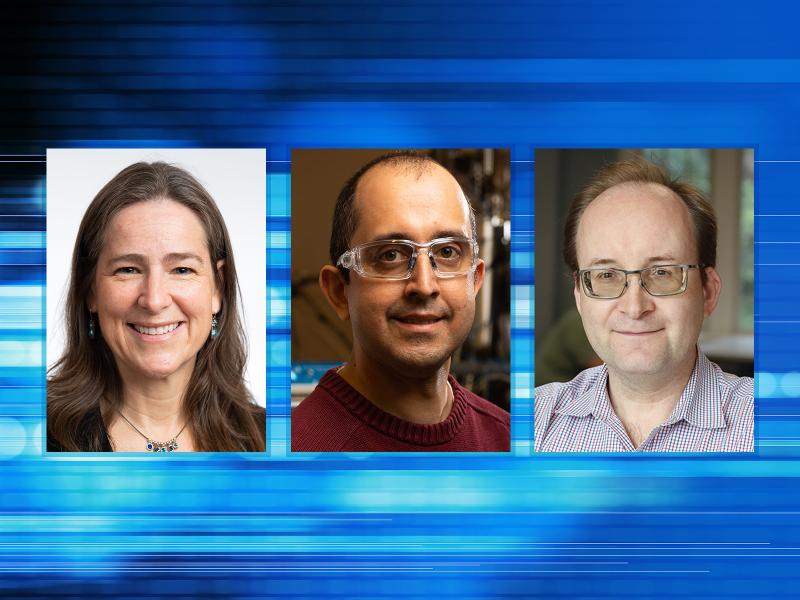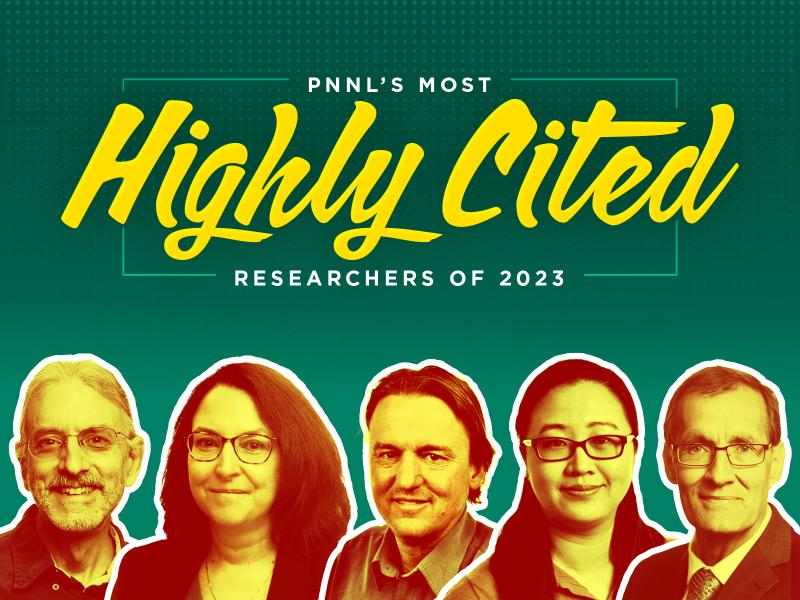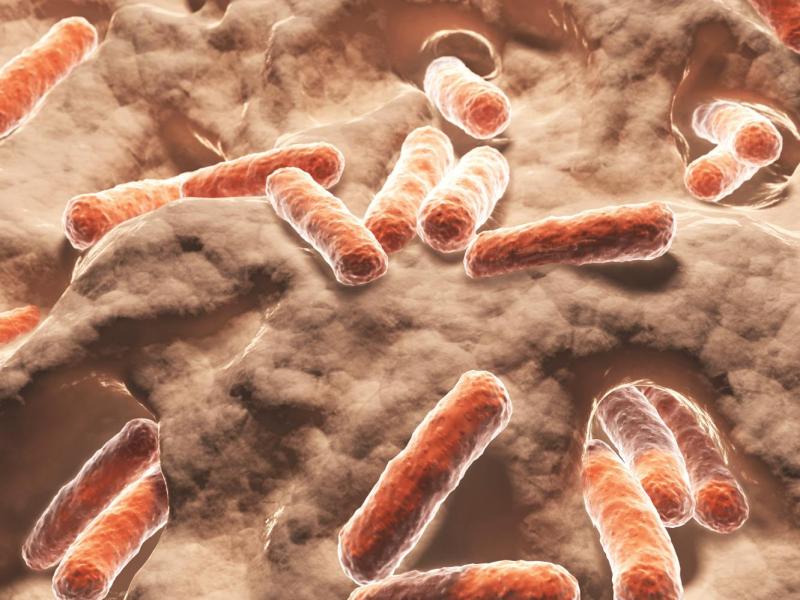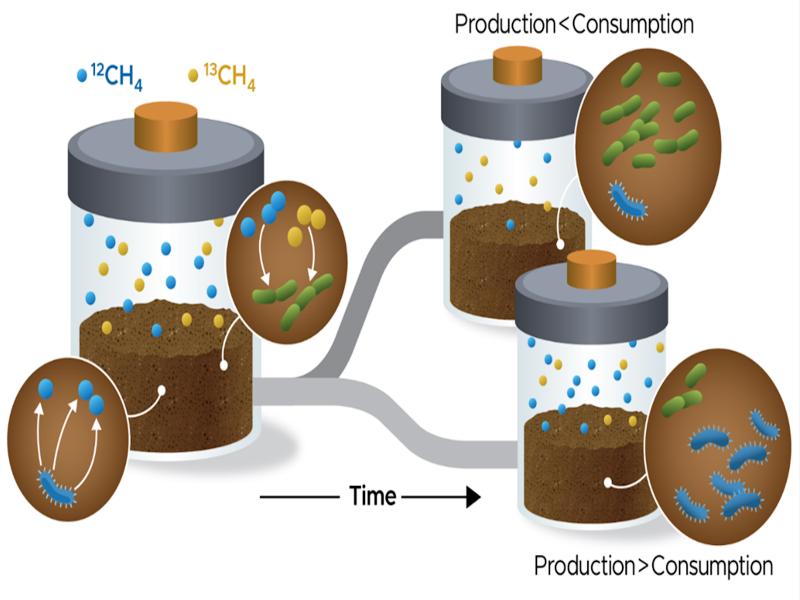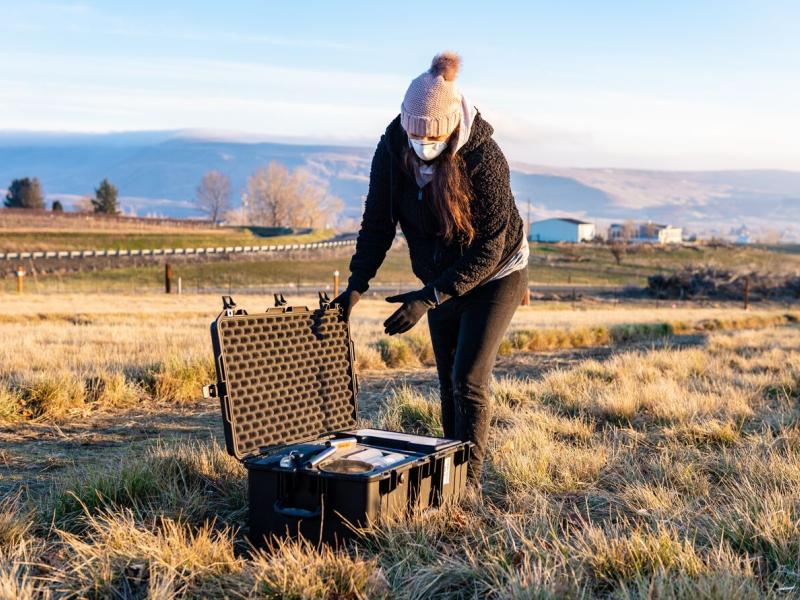
Microbiome
Science
Microbiome
Science
Confronting
complex mysteries
Confronting
complex mysteries
Composite Illustration by Nathan Johnson & Timothy Holland | Pacific Northwest National Laboratory
Soils, plant roots, skin, lungs, and the human gut—they all have a microbiome, the complex of microorganisms that supports life, confers immunity, and sometimes gives pathogens an edge.
Microbes are everywhere—shaping how nutrients flow through the environment, how plants grow, and how people stay healthy. Though invisible to the naked eye, they play a foundational role in systems critical to the Department of Energy’s missions in ecosystem resilience, energy innovation, and national security.
PNNL’s microbiome science research tries to understand and manipulate the functional architecture of communities of bacteria, fungi, viruses, and archaea. These interactive organisms often perform little-understood services that profoundly shape the Earth and influence human health. PNNL scientists use multi-omics, molecular probes, and computational tools to better understand how these communities work and how to harness them for national benefit.
PNNL researchers aim to predict how microbes are organized and interact in complex environments to help advance DOE's science mission. PNNL is uncovering interactions between genes, enzymes, and metabolites among microbial community members that affect plant growth and soil nutrient properties. PNNL is also uncovering how microbial communities can be shaped or engineered to support bioproduction, including fuel generation and upcycling of waste into valued chemicals.
By identifying and shaping microbial functions, PNNL is helping advance energy solutions–this work contributes directly to U.S. energy security and the development of a world-leading bioeconomy.
Through scalable tools and integrated analyses, PNNL is building the scientific foundation needed to anticipate microbial behavior across systems and design microbiome-based solutions that enhance energy innovation, environmental security, and human well-being.
